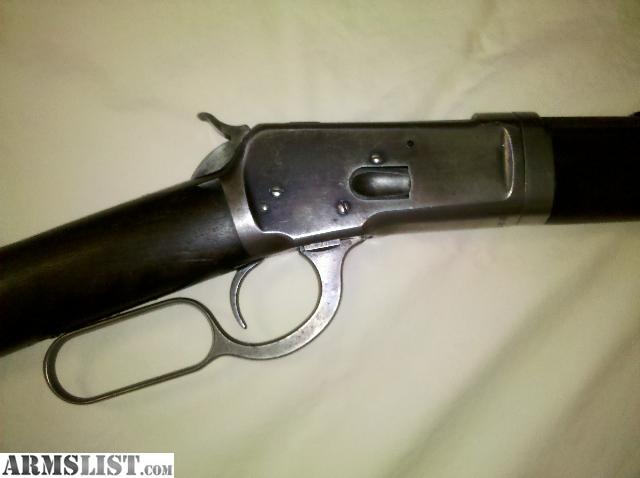
On the International Match version (1969), a trigger assembly by master gunsmith Karl Kenyon or an ISU set-trigger were offered as alternatives to the Winchester trigger. There was also a new Micro-Motion trigger lock based on the Style C but with different geometry, and adjustable to as little as one pound. The 52D action differed from its predecessors in being a single-shot: eliminating the magazine aperture in the receiver base rendered the entire assembly stiffer and (theoretically) more accurate. These became the prototypes for the Style D when Winchester elected to redesign the entire rifle literally lock, stock, and barrel.
Model 52D (1961): In 1956 the US Olympic rifle team commissioned ten custom Model 52C's for the upcoming Melbourne Games. 003 inches, the Micro-Motion was an instant success, and considered the new state of the art in match rifle trigger locks. Adjustable for pull-weight between 2.5 and 6 lbs, and travel between. The result was Harry Sefried's two-lever Micro-Motion trigger, introduced in 1951. In the event, Winchester returned to the 52B when the war ended, but in the meantime an extensive (and time-consuming) scientific study of lock mechanisms was undertaken. Model 52C (1951): During the wartime hiatus the Post-War Production Recommendation Committee proposed that when Model 52 manufacture resumed, the poorly-received Style B trigger should be replaced with a completely new design. The "flat-top" was discontinued in 1946 (none had actually been made since 1941) and all postwar 52's had the round-top form. The 1934 Sporting Model had the receiver left round in 1937 this became an option on target models as well. "Round-top" receiver (1937): The original Model 52 had a flat milled in the top of the receiver bridge with a dovetail machined into it for sight mounting. Unfortunately this revised Speed Lock proved immediately unpopular, most shooters considering it to have excessive vibration and creep compared to the original- as well as to the "Miracle Trigger" of the new Remington 37, the 52's first serious American competitor. Laudensack also modified the Speed Lock mechanism, including the addition of an adjustable trigger-return spring and a sprung sear-disengagement plunger. The 52B design also raised the left receiver wall abreast the magazine higher than the right, whereas on earlier versions both sides were flush with the loading platform. Model 52B, "Improved" Speed Lock (1937): Laudensack replaced the original left-mounted wing safety with a more convenient sliding-plate safety on the right side of the receiver. WINCHESTER MODEL 25 SERIAL NUMBERS MANUAL
Single-shot Adapter (1935): Not a design change so much as an accessory, the Adapter was effectively a dummy magazine with a shaped top, to facilitate manual loading. 
There was otherwise no difference from the "pre-A" Speed Locks.

Having two slightly different safeties and receiver forgings resulted in some confusion on the assembly line, so beginning in June 1936 the modified receivers were stamped with xxxxxA serial numbers. 08 inches, eliminating the bending problem and allowing the left rear receiver wall to be made thicker. Therefore the safety stem was shortened by.
Model 52A (1935, not so marked until 1936): It had been observed that the safety pivot stem was prone to bending, and would then put sideways pressure on the bolt which could cause the relatively thin metal behind the left locking lug to crack. Winchester for some years offered a conversion kit for older "slowlock" 52s. Burton carefully designed the Speed Lock to fit the existing receiver and bolt body without modification. This and all subsequent M52 actions cocked on opening, like a Mauser. At this time the original model's knurled cocking-piece disappeared, replaced by a short trapezoidal boss. 125" (3mm): all of which resulted in a much faster lock time and greater accuracy. In addition, Burton redesigned the firing pin so as to reduce its travel from approximately. 
Speed Lock (1930): Frank Burton replaced Johnson's military-style compound-motion trigger, hung from the sear, with a new trigger with a low pivot and rear sear notch, reducing trigger travel by 75% and providing for set-screw pull-weight adjustment.







 0 kommentar(er)
0 kommentar(er)
